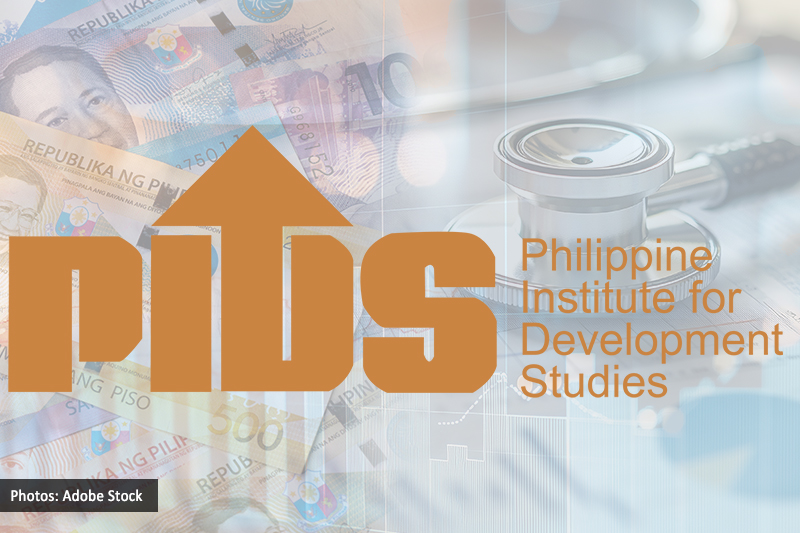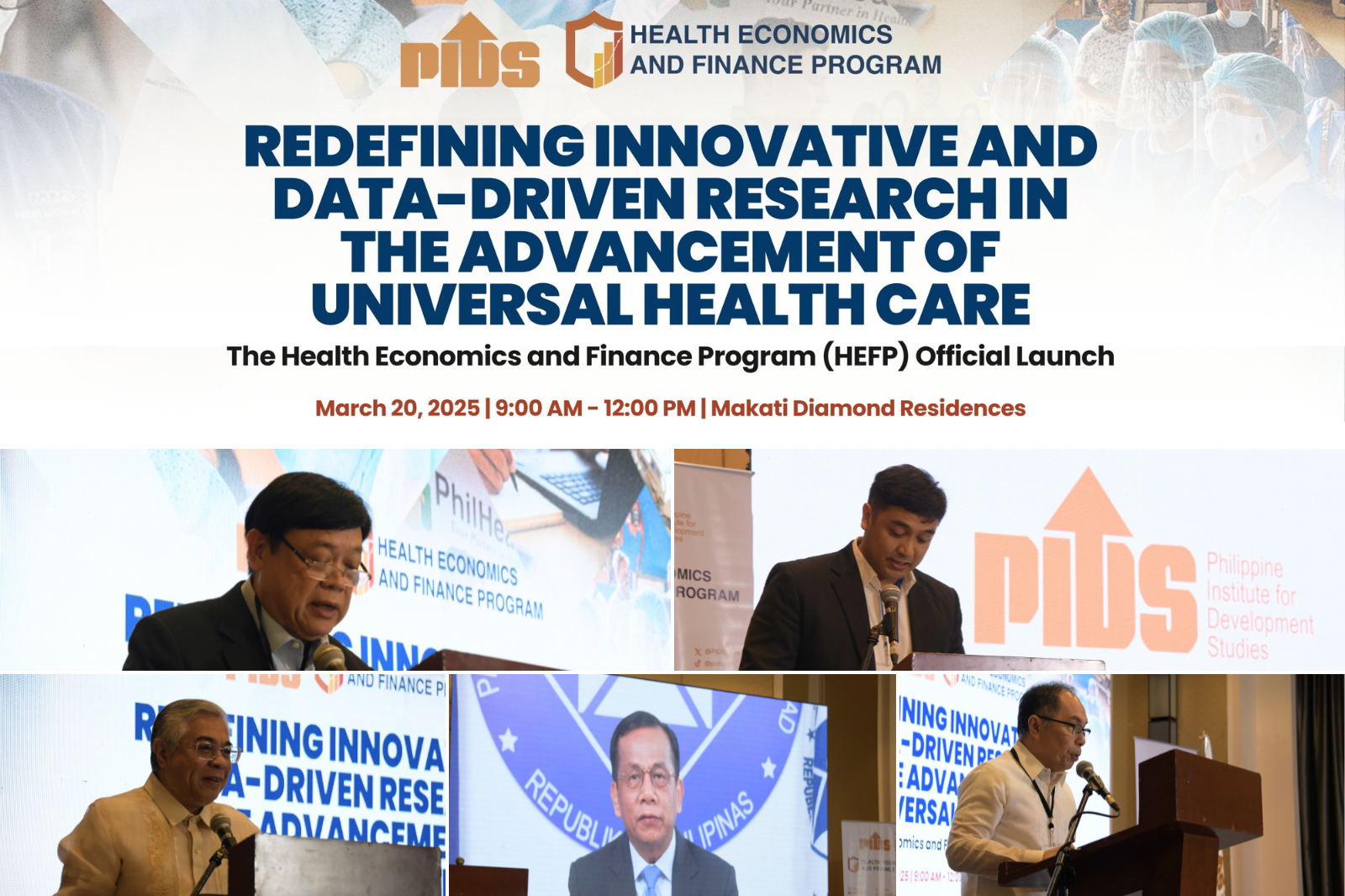The current government help to poor families burdened with expensive medical care is not sufficient according to the Philippine Institute for Development Studies (PIDS). The state think tank said the government needs to define and provide for ‘costly or catastrophic medical health expenditure’, wage earners or even the poorest of the poor cannot afford to have.
The PIDS policy note – Analysis of catastrophic health financing by key institutions –cited a need to ease the patients and their families’ catastrophic health expenditures, or out-of-pocket spending on health that can drive them to or further into poverty.
These are usually medical cases not covered by insurance, where patients are forced to beg, borrow to pay for their healthcare.
“While a large segment of the population is impoverished, health services requiring payment are the norm in the country’s government facilities,” the study said.
To improve access to health services among indigent families, the report noted the Philippine Health Insurance Corp. (PhilHealth) has implemented social health insurances, such as the Sponsored Program and the Z Benefits packages, which provide fixed but substantial support for select medically expensive conditions.
“If only these programs were effective, then the lack of health insurance would have been addressed and adequate financial protection would have been assured for Filipinos. However, empirical evidence suggests otherwise,” it said.
Citing a previous study, the report said the incidence of catastrophic expenditures remained low in the Philippines, with drug purchases accounting for the greater part of such expenses.
“Apparently, this resulted from the patients’ avoidance of medical care due to the perceived expense,” the report stated.
“In recent years, however, the number of households affected by catastrophic expenditures has been increasing. Despite this, PhilHealth reimbursements have remained inadequate,” it added.
The report said patients seek recourse from funding institutions to fill in their apparent health financing gap.
“However, there has been no systematic documentation of how these agencies actually select and support their beneficiaries,” the policy note said.
“It is also important to study whether these agencies can effectively and equitably address catastrophic health expenditures,” it added.
Based on its study, the report said the available institutional response to catastrophic health expenditures can best be described as “disparate, untimely and inadequate.”
“The burden to seek help from one financing source to another is on patients and families, despite the serious illnesses and social costs they are already shouldering,” the study said.
According to the report, the fundamental step is to adopt a uniform operational definition for catastrophic health expenditures wherein involved institutions can base their own policies and strategies.
The proposed definition states: “The situation applies when a patient’s condition requires medical interventions that are life-or limb-saving and determined to be clinically appropriate and cost effective, but the costs for which are beyond the actual means of the patient (or family) at the time of need, whether due to time or resource constraints.”
While catastrophic health expenditures inherently refer to financial concerns, the provided definition offers a different perspective by emphasizing the gravity and urgency of the underlying medical condition, the study said.
“With further emphasis on the chronological and clinical dimensions, the restrictions on access for even the nonpoor are removed and the scope of applicable medical conditions is expanded,” it added.//












